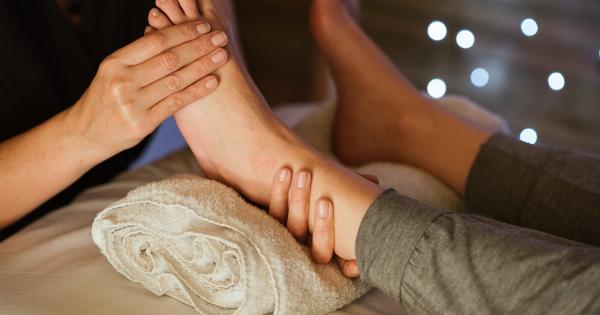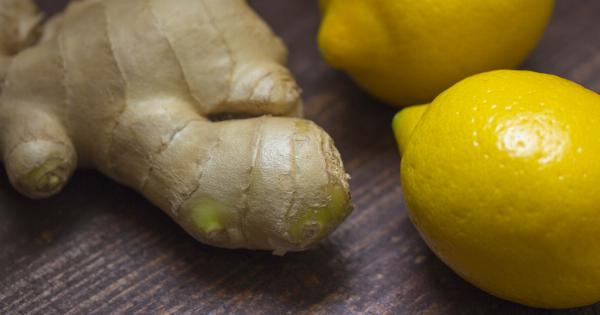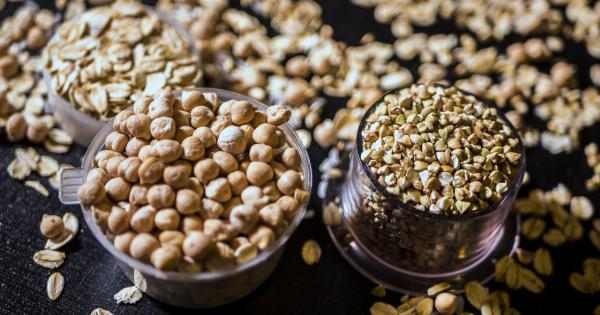Knee pain is a common issue that affects people of all ages. Whether it is due to an injury, arthritis, or other conditions, finding effective relief can be a challenge.
While surgery is often considered a last resort, there are non-surgical treatments available that offer a 50% success rate in alleviating knee pain. These treatments can provide much-needed relief without the risks and downtime associated with surgery.
The Causes and Symptoms of Knee Pain
Before we delve into the non-surgical options available for knee pain relief, it’s important to understand the causes and symptoms of this condition. Knee pain can be caused by a variety of factors, including:.
- Joint inflammation or damage
- Arthritis, such as osteoarthritis or rheumatoid arthritis
- Tendonitis or bursitis
- Torn ligaments or meniscus
- Overuse injuries
- Obesity
- Old age
The symptoms of knee pain can vary depending on the underlying cause but often include:.
- Pain and swelling in the knee joint
- Stiffness or limited range of motion
- Popping or clicking sounds
- Difficulty bearing weight on the affected knee
Non-Surgical Treatment Options
When it comes to knee pain relief, surgery is not always the best or only option. Non-surgical treatments can be just as effective, if not more so, in providing relief and improving the quality of life for individuals suffering from knee pain.
Here are some of the most common non-surgical treatment options:.
Physical Therapy
Physical therapy is often the first line of treatment for knee pain. A qualified physical therapist can design a personalized exercise program to strengthen the muscles around the knee, improve flexibility, and reduce pain.
Physical therapy can also help improve balance and stability, which are essential for preventing future injuries.
Bracing or Splinting
In some cases, wearing a knee brace or splint can provide additional support to the affected joint and help reduce pain. These devices can help stabilize the knee, prevent further damage, and promote healing.
Medications
Over-the-counter (OTC) pain medications, such as acetaminophen or nonsteroidal anti-inflammatory drugs (NSAIDs), can help reduce pain and inflammation associated with knee pain.
However, it’s important to consult with a healthcare professional before taking any medication, especially if you have any existing medical conditions or are taking other medications.
Injections
Corticosteroid injections can provide short-term pain relief by reducing inflammation in the knee joint.
Hyaluronic acid injections, also known as viscosupplementation, can help lubricate the joint and provide long-term pain relief for individuals with osteoarthritis.
Weight Management
Excess weight can put additional stress on the knee joint, exacerbating pain and inflammation. By adopting a healthy lifestyle that includes a balanced diet and regular exercise, individuals can reduce their weight and alleviate knee pain.
Alternative Therapies
Various alternative therapies, such as acupuncture, chiropractic care, and herbal supplements, have shown promising results in relieving knee pain for some individuals.
However, it’s important to consult with a healthcare professional before trying these therapies, as they may not be suitable for everyone.
Regenerative Medicine
Regenerative medicine is an innovative field that focuses on using the body’s natural healing processes to repair damaged tissues.
Stem cell therapy and platelet-rich plasma (PRP) therapy are two examples of regenerative medicine treatments that have shown promise in alleviating knee pain and promoting tissue repair.
The Success Rate of Non-Surgical Knee Pain Relief
The success rate of non-surgical knee pain relief depends on several factors, including the underlying cause of the pain, the severity of the condition, and the individual’s response to treatment.
While surgery may be necessary in some cases, non-surgical treatments offer a conservative approach that can be highly effective.
Studies have shown that non-surgical treatments, such as physical therapy, bracing, medications, and injections, have a success rate of around 50% in providing significant pain relief and improving function.
However, it’s important to note that individual results may vary, and what works for one person may not work for another.
It’s also worth mentioning that non-surgical treatments can be combined to enhance their effectiveness. For example, a physical therapy program may be supplemented with medication or injections to achieve optimal results.
Conclusion
Knee pain is a common condition that can significantly impact a person’s quality of life. While surgery may be necessary in some cases, non-surgical treatment options offer a conservative approach with a 50% success rate in alleviating knee pain.
By exploring non-surgical treatments such as physical therapy, bracing, medications, injections, weight management, alternative therapies, and regenerative medicine, individuals can find relief without resorting to surgery.





























